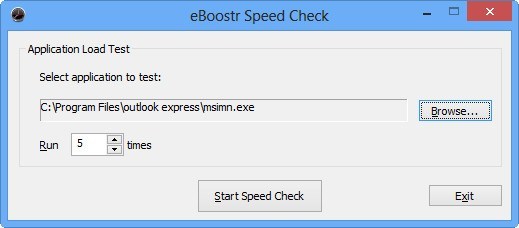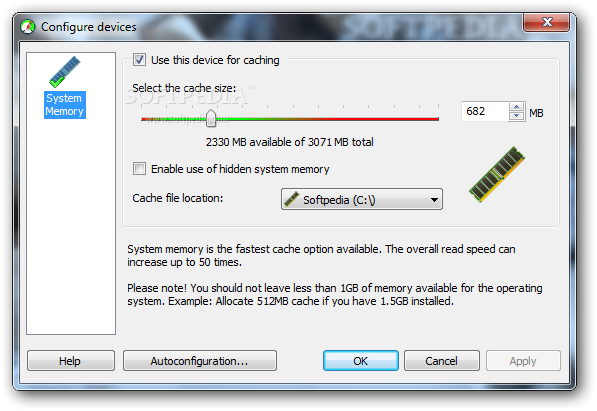

You cannot measure its impact in benchmarks! But - you can feel it after the cache loads up. Definitely not a requirement for a single workstation or gaming system.Īs to the SSD-cache again.
#EBOOSTR WORKS PRO#
Some people with enormous tasks and data configure 128GB of RAM, and even use a single 960 Pro for SSD-cache. I haven't upgraded to 2x16 32GB yet, because I seem to have plenty with 16. The SSD cache works with RAM-caching, which is also a nice feature if you have some extra RAM to use. Or the same combination cached to a common RAM-cache (or separate ones), or a combination of RAM and SSD-caching. You can cache a combination of AHCI, RAID and multiple drives under a single SSD cache. But that shouldn't be a concern for the OP.

In my case, I'm only using the SSD-cache feature for a single OS right now. I THINK they have to be on separate SSDs, and creating separate caching volumes for each OS on the same SSD could be a problem. According to the tech-support, one SHOULD be able to maintain SSD cache disks for each OS. In my case, there are some options and constraints that affect a dual-boot system. It's a lifetime license, so the single PC option is not a lot of money spent or wasted. You should be easily able to cache a RAID array. I could speculate about demand for the product as it might affect such an initially tantalizing trial period. It used to have a 90-day free trial, but that's amended now to 60 days.


 0 kommentar(er)
0 kommentar(er)
